Advertisement
Shi'ite militias expand influence, redraw map in central Iraq
BAGHDAD (Reuters) - Behind black gates and high walls, Iraqi national security agents watch 200 women and children.
Boys and girls play in the yard and then dart inside their trailers, located in a former U.S. military camp and onetime headquarters for Saddam Hussein’s officials in Babelprovince’s capital Hilla.
The women and children are unwilling guests, rounded up as they fled with their male relatives in October from Jurf al-Sakhr, a bastion of Islamic State, during a Shi'ite militia and military operation to clear the farming community.
Once they were arrested, security forces separated out the men, accusing them of being Islamic State fighters. They have not been heard from since.
Security forces say the women and children are being investigated, but have not been brought to court.
Their status shows how central Iraq’s mixed Shi’ite and Sunni regions are being altered.
As Shi'ite forces push into territories held by Islamic State, many Sunnis have fled for fear of both the Shi’ite-led government and the Sunni jihadists.
Shi'ite leaders insist Islamic State must never be allowed to strike them again, nor return to areas now abandoned.
Shi'ite groups now decide who can stay in a community and who should leave; whose houses should be destroyed and whose can stand.
In one case, a powerful Shi’ite paramilitary organization has started redrawing the geography of central Iraq, building a road between Shi’ite parts of Diyala province and Samarra, a Sunni city that is home to a Shi’ite shrine.
“The ideas of what Shi’itestan’s limits are is changing,” said Ali Allawi a historian and former Iraqi minister.
“Some of these towns and villages, which were neutral or partial to ISIS, have been retaken. I don’t think the people living there will go back. We are talking about depopulated areas that may be resettled by different groups.”
More than 130,000 people, mostly Sunnis, fled central Iraq in 2014, counting just Baghdad's agricultural belt and northeastern Diyala province, the International Rescue Committee told Reuters.
The exodus has left villages empty as Shi’ite paramilitaries, tribes and security forces fill the void.
Iraqi government officials including Prime Minister Haider Abadi stress the importance of helping people return home.
But in the current chaos it is questionable whether officials can help, or that the displaced will want to return.
"I AM TRAPPED"
Already dramatic changes are happening on the ground. For the 200 women and children from Jurf al-Sakhr, it has meant an undefined period of detention.
When they ran from their homes in October raising white surrender flags, security forces and militias separated the women from their male relatives.
Now the women, jailed in Hilla, worry about their fate.
“I’m trapped here living on charity without understanding why all this happened to us”, said Um Mohamed, sobbing during a visit Reuters made to the heavily secured compound last week.
“All that I wish is to have my husband back and to return to our small farm.”
Security officials say the women and children have not been brought before a court, and will not be freed soon.
“These families were joining or harboring Islamic State,” said Falah al-Rahdi, head of the Babel provincial council’s security committee. “The judicial system will decide their fate."
Privately, officials in Babel province vow never to welcome back its Sunni residents.
CONFISCATE LAND
As Shi’ite militia leaders and tribal allies surround Sunni villages in central Iraq, they insist they have strong intelligence from inside those communities.
“Our orders come from the government: whoever is with Islamic State, we will confiscate their land. Those who aren’t Islamic State will be allowed back,” a national commander from Asaib Ahl al-Haq told Reuters.
He said he contacted sources in Islamic State-held areas and waited until all civilians had escaped before liberating a community.
However, those who have lost their homes say the militias make little distinction between jihadists and civilians when they storm areas.
Akram Shahab, 32, a Shi’ite in Diyala’s Saadiya district, fled with his family last June when Islamic State were about to overrun the town.
He heard from a Sunni neighbor that a jihadist family had moved in. For Shahab it was a relief his house was not blown up.
But after Iraqi militias and security forces kicked Islamic State out of Saadiya in November, Shahab was stunned to learn that the militias had burned his house assuming it was a terrorist’s.
The next day, Shahab went with Shi'ite militiamen to inspect the ruins.
“I blamed the militia members at the scene for burning my house and they defended themselves, saying how could they tell a Sunni house from a Shi’ite house.”
Shahab, who comes from a family with both Shi'ite and Sunni relatives, said he managed to save his Sunni aunt’s house by telling the militia she belonged to their sect.
“They spray-painted (Shi’ite) on the gate to alert the other militia groups,” he said.
“They told me,‘We need to clean your town from those germs who supported Islamic State. You might have lost your house but as a Shi’ite you will live with your head high from now on’.”
SCENIC HIGHWAY
Not only are homes being demolished, but new infrastructure is being built.
A Shi’ite paramilitary organization is constructing a road to strengthen its positions across the mixed areas of Diyala and neighboring Salahuddin province.
The Badr Organization, a leading political party and militia with ties to Iran, is supervising the new road, which leads to Samarra.
It means Badr can resupply troops guarding Samarra, currently surrounded by Islamic State.
The 35 km road will also allow Shi'ite pilgrims from Iran to visit Samarra, one of Shi’ite Islam’s most sacred shrines.
On a recent day, in olive green sweater and commander’s cap, Badr Organization chief Hadi al-Amri toured the 35 km road.
Arguably the most popular Shi’ite politician in Iraq for defending Diyala, Amri placed orange work cones on the ground and directed bulldozers.
“The road is of strategic importance to finish off Islamic State in the outskirts of Diyala and to put pressure on them in Salahuddin," said Badr lawmaker Mohammed Naji.
"Hadi Amri suggested this road and he supervises it daily in spite of the dangers.”
Senior Iraqi politicians say Amri is the commander closest to Iran on the battlefield.
Amri's new project -- the Samarra road -- passes through one trouble spot: an area called Hawi, which Badr considers to be filled with Islamic State cells.
“We have started neutralizing the villages, putting guards on the road," Naji said. "We have not displaced the people there. We put forces there to make sure Islamic State cannot enter the villages."
(Reporting By Ned Parker; Editing by Giles Elgood)

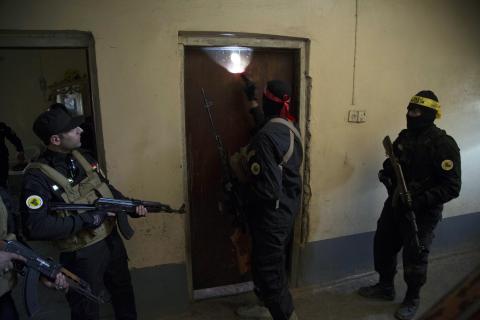
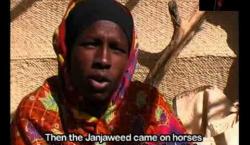
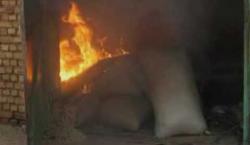
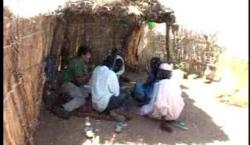

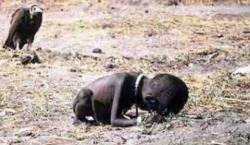
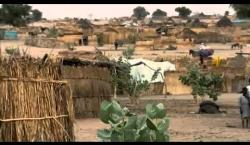
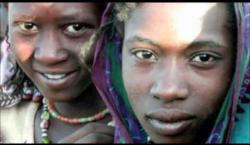


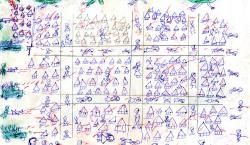




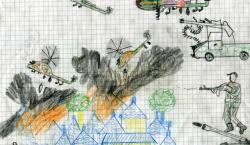
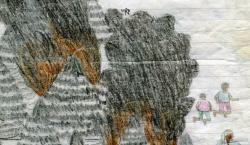
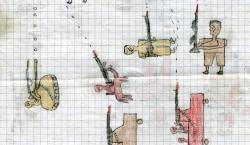
Add new comment